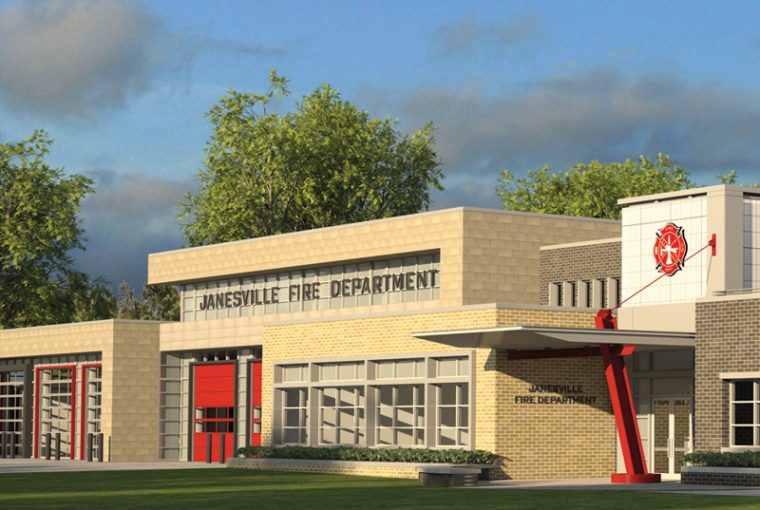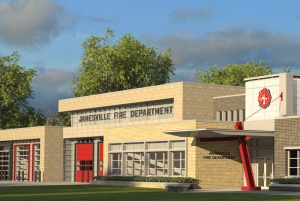
Population growth is good for cities in so many ways. More jobs and economic vitality – public officials tend to love growth. But, there are detriments as well.
With more citizens to serve, infrastructure and resources get stretched very quickly. There is rarely enough revenue to cover the need for increased resources and services. That is especially true in the area of fire department services.
The city of Conroe, Texas, has experienced enough growth to warrant new fire stations and additional resources. During the city’s last budget hearings, the fire chief presented a 10-year plan that included seven new fire stations, the remodel of two existing stations and a new training facility – all at a cost of $66.8 million. Slower response times that citizens were unhappy about were the result of an insufficient number of stations. The city council approved only two items – the training facility and one additional fire station. This example is typical of what is happening throughout the country. Because the city could not come up with the needed revenue, firefighters will continue to be hampered by a significant imbalance between demand and resources.

Rendering of Janesville, Wisc., fire station from ADG Architects
Most cities also struggle to replace firefighting equipment. In Norwich, Conn., the city needed not only new equipment, but also new tanker trucks and pumpers. One pumper truck is 39 years old and must undergo repair almost continually. City officials acknowledged the needs but also announced the lack of adequate funding. The result was that they committed to a comprehensive plan that will include a replacement schedule. Not a comforting thought for most residents.
The mayor of Elida, N.M., announced last week that county funding allocated to the Elida Fire Department was again being decreased. Last year, the budget decreased from $6,700 to $3,500 and this year’s decrease will put the budget at only $2,500. The mayor and community leaders fear these budget cuts will render the fire department almost ineffective. They also acknowledge that the lack of funding has created a negative effect on the morale of firefighters – one that could lead to a loss of experienced personnel.
As a result, public officials throughout the country are reaching out for private capital and taking a hard look at either outsourcing or engaging private-sector partners to step in and help remedy problems such as these. The president of the Austin Firefighters Association, understanding the budget situation, recently urged the city to find a quicker and more reliable way to fund construction of fire stations.
Public-private partnerships are likely to become the norm for fire departments in the future. In Janesville, Wisc., the city recently built a new fire station to replace one that was 59 years old. Since the city could not find funding for the 31,500-square-foot facility that was projected to cost $9 million, planners focused only on absolute necessities. Other features were eventually incorporated after a partnership with a local building materials company was negotiated. Some cities are reaching out to developers that incorporate new fire stations into retail facilities and then allow the city to lease the space. Creativity and innovation are also becoming apparent, which is a good thing.
Fire stations that were located and designed years ago may no longer be adequate or located where demand is highest. With public safety as a critical asset to any city, more partnerships are evolving for the good of residents and retailers. But, facilities are only one example of what cities struggle to fund. New trucks, pumps, technology, fire apparel and training are also high-cost items. Because of the needs, the costs and the shortage of available funds, cities are prime targets for private-sector investors who look for critical service operations to outsource or operate for governmental entities. In the future, it may be as common to see firefighters from a private-sector firm protecting cities as it is to see airport personnel from private-sector firms working to protect and service airline passengers. Times are changing and these are trends to watch.
Subscribe to SPI’s newsletters to keep abreast of the latest in government news and trends throughout the nation.
